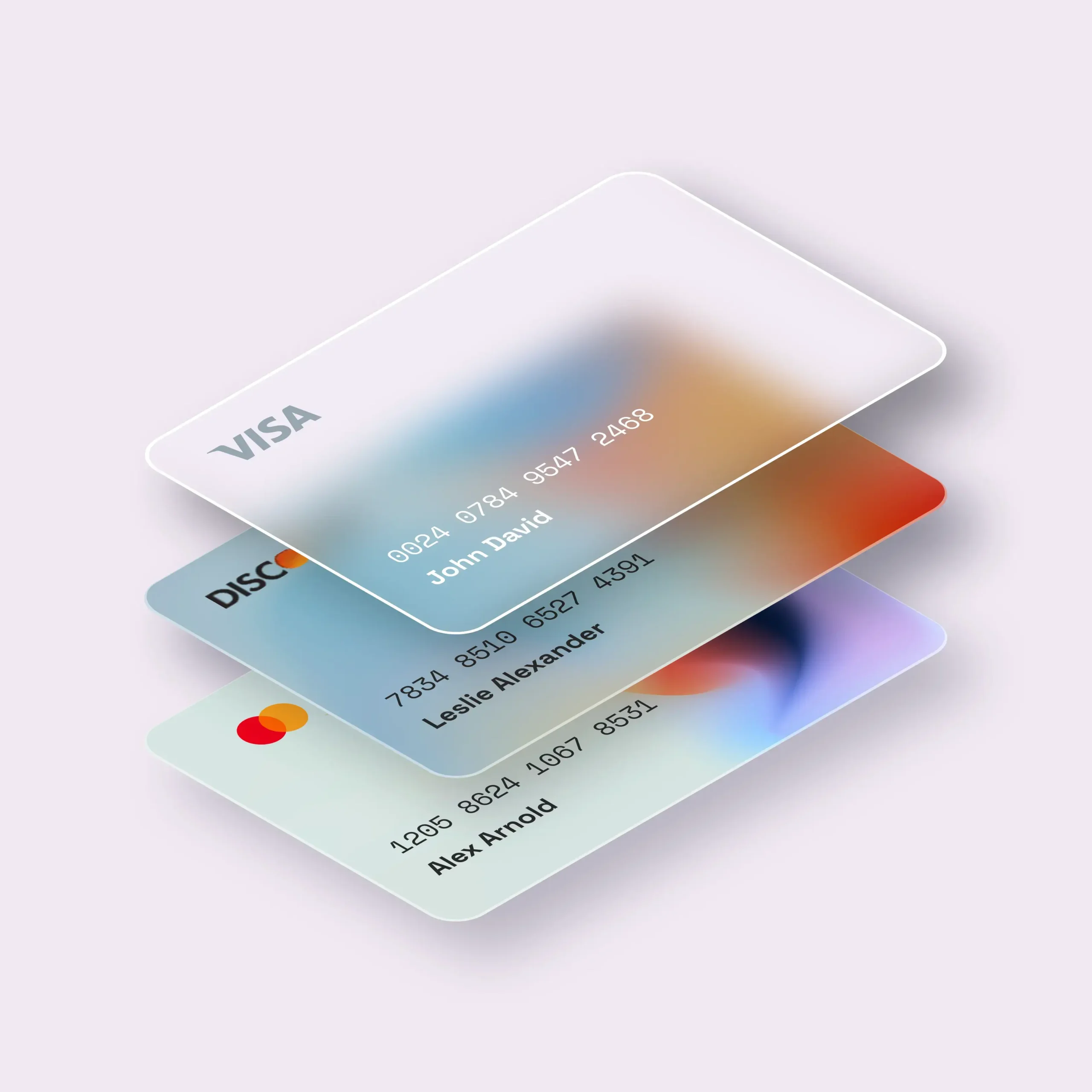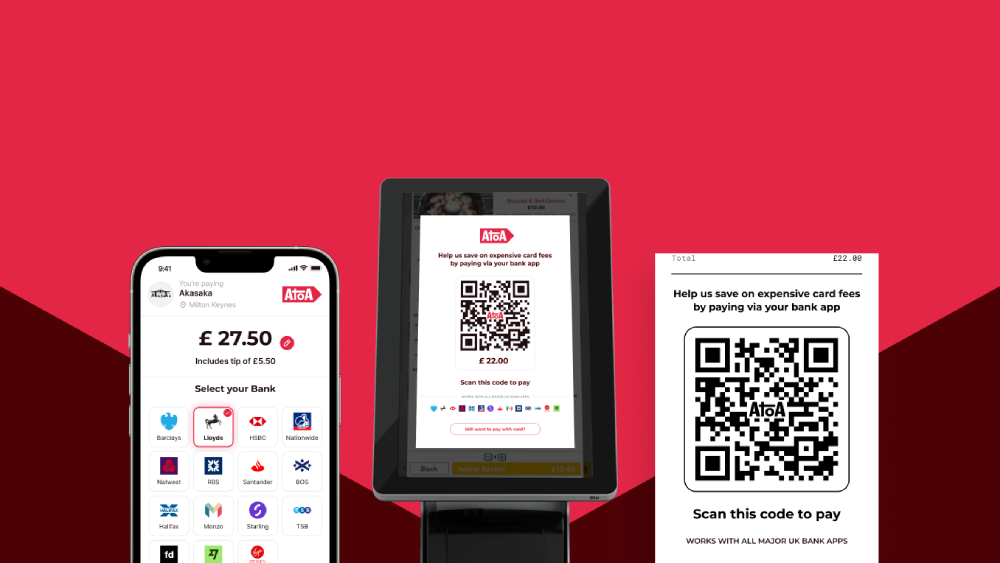Ready to get started?
Get paid faster and save up to 50% on fees with Pay by Bank.
For many UK businesses, card statements are just another piece of monthly admin – downloaded, skimmed, and filed away. But hidden in those pages are costs that can quietly eat into your profits.
Card networks, acquirers, and processors are masters of burying fees in small print. And while a “headline rate” might look competitive, the true cost of accepting card payments can be far higher than you think.
If you’re a business owner or decision maker, learning how to read your card statement properly is one of the simplest ways to protect your margins. Here’s how to do it and what to watch out for.
Start with the structure
Most card statements follow the same layout, whether you’re looking at a credit card bill or a merchant account statement. Typically, you’ll see:
- Account summary – your limit, balance, and payment due date.
- Transaction list – purchases, refunds, cash withdrawals, interest.
- Fees and charges – where the extra costs are tucked away.
- Interest rate table – APRs for purchases, cash, and transfers.
- Small print or “Notes” – often where vague “adjustments” or “scheme fees” hide.
Pro tip: Always download the full PDF statement. The quick “summary view” in your online dashboard often skips important details.
The hidden charges businesses miss
Even if you think you know your rate, there’s often more to the story. Common hidden costs include:
- Merchant Service Charges (MSC) – a percentage on every sale, sometimes blended with other fees.
- Interchange fees – the cut paid to Visa/Mastercard, often buried inside a combined processing fee.
- Scheme fees – extra charges from card networks.
- Foreign transaction fees – applied even if the payment is in GBP but processed abroad.
- Dynamic Currency Conversion (DCC) – “helpfully” converting currency at inflated rates.
- Minimum service fees – a penalty if you process under a certain amount.
- Refund handling fees – yes, you can be charged for giving money back.
- Chargeback fees – a fixed cost per dispute, even if you win.
Individually, they might look small. But for high-volume businesses, these pennies per transaction can add up to thousands per year.
How to read your statement like a pro
If you’ve only got 30 minutes to review your statement each month, here’s the order to follow:
1. Go straight to the “Fees” section: Look for anything that isn’t a customer transaction. These are the real costs you pay.
2. Match the charges to your merchant agreement: Do the percentages and fixed fees line up? If not, your provider might be adding margin via a “blended rate.”
3. Spot recurring monthly charges: These can include PCI compliance, equipment rental, or service fees you didn’t knowingly sign up for.
4. Scan for rounding and micro-fees: A few pence shaved off each transaction soon becomes serious money.
5. Compare previous months: If fees have crept up, it’s worth asking your provider why.
If you’d like to explore merchant fee types more deeply, this guide to UK processing fees is a clear, neutral resource breaking down everything from percentage rates to terminal and authorisation charges.
Tricks that inflate your costs
Over the years, we’ve seen some consistent patterns:
- Using vague labels like “Adjustment” or “Processing Fee” with no breakdown.
- Bundling multiple costs into a single monthly figure so you can’t see the individual components.
- Auto-enrolling you in “value-added services” without asking.
- Presenting blended pricing that hides the true interchange, scheme, and markup split.
If you can’t explain exactly what a fee is for, it’s a red flag and a reason to question it.
Why this matters for your bottom line
Let’s do the math.
If your business processes £500,000 in card payments a year at 1.8%, that’s £9,000, before you even account for hidden scheme fees, currency conversion, or service charges. A small 0.2% saving on fees could free up £1,000 a year.
For large companies, the difference is even more significant. And the only way to find those savings is to understand exactly what you’re paying for.
How to take back control
- Ask for fully itemised billing so you can see each fee clearly.
- Review statements monthly rather than waiting for year-end.
- Benchmark providers to see if your rates are competitive.
- Consider alternatives to cards — for example, Pay by Bank removes card scheme fees entirely.
(Atoa helps UK merchants cut payment costs by up to 50% with open banking-powered payments.)
The bottom line
Your card statement is more than a record of sales. It’s a window into how much you’re really paying to get paid. And while card providers may not make it easy, understanding your statement is one of the most effective ways to protect your margins.
Spend half an hour each month digging into the details, and you could save thousands over the year. Because in business, every pound you don’t pay in hidden fees is a pound you keep for growth.



